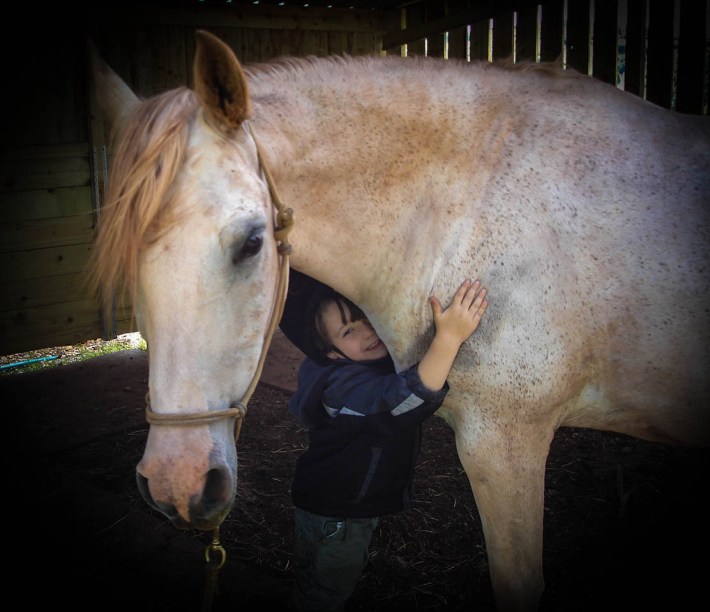One of the most valuable lessons I learned from working with my acutely perceptive editor Kate Parkin is how to let go of what I don’t need. Over the course of two books, Kate showed me patterns in my writing and made suggestions on how I could improve clarity. As a writer it’s humbling to watch your stylistic tics and idiosyncrasies slither into your work despite your best efforts to keep them out. In my case, some of my habits were tenacious. In early writing, I had a tendency to overdo description because I suppose I felt that I just hadn’t painted the scene in enough. Anything less than full saturated-colour felt lazy and lacklustre. Now I know better how to nail a scene with just the essential details. My choices as a writer have become simpler and more confident.
A good editor, and Kate is more than good, acts like an air traffic controller guiding the pilot author in the right direction so that she can deliver the book and come home safely. Sometimes the editor might have to step in and prevent the book from crashing. That’s not a situation I have yet had to face, but it’s comforting to know that were I to go veering completely off-course, Kate would find a way to gently bring me back.
A good editor, then, is grounding. One of my idiosyncrasies is a difficulty in understanding timing and that includes knowing when I’ve given enough. My tendency is always to do more than I think I need. Some parts of The Beautiful Truth were written at breakneck speed not only because I had a deadline to meet, but also because I was terrified that if I stopped to look up from the laptop and come back to real time I would never return to the scenes spooling across my mind like crackly old black and white news reels.
Knowing that I was delivering first to someone whose critical judgement I trusted before my work met the wide world was enormously encouraging in the same way that I imagine cross-channel swimming is made all the more bearable by knowing that there will be someone with towels and hot drinks ready for when you reach the far shore. Just someone to say: you made it. Well done. It’s enough.
Writing a novel is such a monumental effort of will that it’s hard not to chuck everything at it as you go along. My first two novels were written against the grain of my own resistance and the process of working on them not unlike the feeling of pitchforking sodden clay soil into a wet wheelbarrow. As this is something I do daily, I know how after a few weeks of this my shoulder muscles have packed up. Tired muscles can’t do the work they’re supposed to.
A year ago I didn’t know this, but my writing muscle needed a good rest. Years of pushing it to carry loads beyond its natural strength had weakened it. I found that whenever I started something new, instead of writing freely I was reaching for sentences that felt easy and familiar. I was also filling notebooks with plans for ever more ambitious projects and spending sleepless nights wondering how I was going to achieve them. I didn’t intend to stop working – I still don’t and will write until I’m ninety nine if I stay alive that long – but something in me made me slow down. Instead of racing into the next project, I let myself have a bit of drifting time. Colm Toibin calls this ‘staying in your mental pyjamas,’ and it is an essential part of the creative process.
I’m a little less drifty now. As spring approaches, I can feel my energy rising along with the urge to get back onto my hard little chair and hammer out another book. But even in my excitement and impatience, I’m trying to remember to take it easy and leave something in reserve.
This time around, I’m going to take another sound piece of advice from my editor and try to do less to achieve more.


